The Plaza de las Tres Culturas, literally the “Plaza of the Three Cultures,“ is the main city square of the ancient Tlatelolco neighborhood.
The Plaza is the centerpiece of a dynamic section of the city, and thus named because it contains representative works from three major periods of Mexico City history. These are the pre-Hispanic archaeological ruins, the Spanish colonial culture of the Colegio de Santa Cruz, and the Modern Mexican culture, most notably of the architect and urbanist, Mario Pani, who designed the square. Much of his extensive work in the broader neighborhood was completed by 1966. Pani can be broadly considered the master architect of the entire 20th-century Tlatelolco project. His reputation and legacy suffered badly as a result of structural failures (and deaths) during the 1985 earthquake.
The archaeological site at Tlatelolco remains a hugely important excavation that is ongoing. It can be visited
The former headquarters of the Secretariat of Foreign Affairs (foreign ministry) also stands on the south side of the plaza. That building is, today, home to a memorial and cultural center in tribute to the students killed in the 1968 student protests. A stone memorial also stands within the Plaza to commemorate the same students.
The Caja de Agua Museum is within the former convent of the colegio. It contains the earliest colonial murals known in the city. Also of note, the nearby Jardin de Santiago is well worth a stroll at the corner of R. Fores Magon and Reforma avenues.
In summary, the Plaza de las Tres Culturas is probably second only to the Zocalo itself in terms of drawing international and out-of-town visitors. It’s a touching microcosm of the city’s history, and one touched by the many tragedies that any honest assessment of history must take into account.
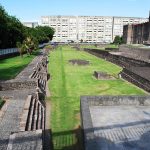
Nearest at 0.06 kms.
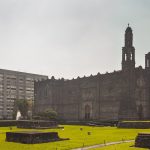
Nearest at 0.08 kms.

Nearest at 0.14 kms.
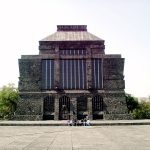
Initially intended as but one part of a City of the Arts, today's Anahuacalli Museum is a far more contemporary space than you might imagine.

One of the most important sites in the city, even today, don't miss the chance to visit the Templo Mayor.
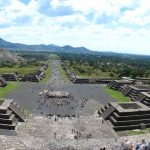
An essential stop for first-time visitors to Mexico City.
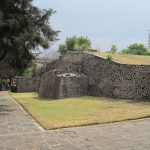
One of the city's newest archaeological sites, it's one of the oldest and deepest of shrines in the Valley.
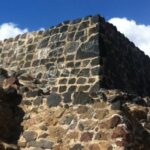
One of the oldest and most significant archaeological zones in Mexico City.